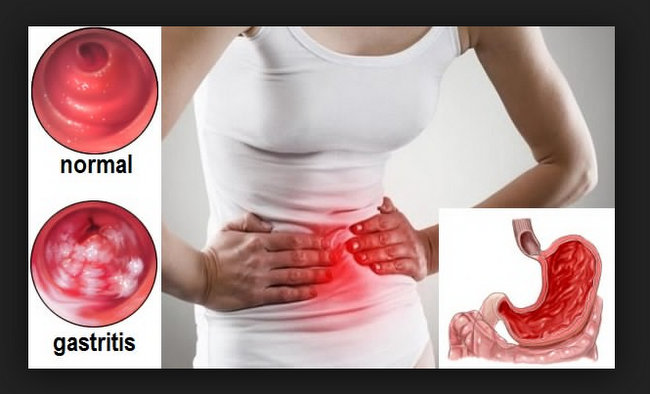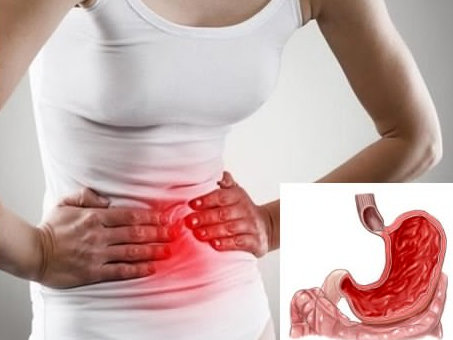After spending an evening at Medicus Hospital with constant around-the-clock care from an attentive staff, my asawa prepared for the morning’s first procedure, an upper gastrointestinal (UGI) endoscopy. My asawa has been suffering from chronic lower abdominal pain for several months now. The latest attack forced us to take a nighttime emergency pump boat ride from Guimaras, our home, to nearby Iloilo City, which has vastly superior medical facilities than our home province.
Prepping for the Procedure
The nursing staff at Medicus was now preparing my wife for the endoscopy procedure, scheduled for 9:00 am. An ultrasound, x-rays and blood tests could not determine the cause of her abdominal pain. Hopefully, the endoscopy would.
As my wife was taken to the eighth floor of the healthcare facility I accompanied her. While my spouse was ready to be wheeled into the examination room, I was instructed to visit the PhilHealth office first to arrange for PhilHealth’s contribution for the UGI endoscopy.
Dr. Elvie, the gastronomical specialist who would administer the test, had advised us earlier that the procedure would cost 5,000 pesos, 100 US Dollars, before the PhilHealth contribution.
“Obamacare” of the Philippines
PhilHealth is sort of the “Obamacare” of the Philippines. While it is not mandatory for every uninsured person to purchase it, indigent Filipinos are covered by it at no cost.
PhilHealth identifies “indigent” as those Filipinos who have no visible means of income or whose income is insufficient for family subsistence. All indigents are identified by the Department of Social Welfare and Development (DSWD) based on specific criteria.
The PhilHealth Visit
After finding my way to the PhilHealth office, I sat down and was asked by the clerk who filled out my paperwork if I knew “Ilonggo,” the local language. I gave her my standard reply:
“No, I do not. I am too old and too lazy to learn. Plus there is always someone around who knows enough English to help me if necessary.”
That response led to no further questioning regarding the language barrier. (Yes, I know a few simple words in the local language along with a smattering of Filipino, Tagalog, but stick to the excuse given to the clerk.)
After a few more simple questions the PhilHealth clerk gave me a bill for my asawa’s UGI which came to 4,000 pesos, 80 US Dollars. This was a charge separate from our hospital bill and one which had to be paid immediately. Well, at least the insurance covered 1,000 pesos, 20 bucks, for the test.
The Test Begins Without Me
While I was busy at PhilHealth, Dr. Elvie, after giving my spouse a local anesthetic, had already begun the endoscopy. I watched the procedure outside the examination room on an overhead monitor.
The UGI allows a doctor to look at the inside lining of your esophagus, your stomach, and the first part of your small intestine (duodenum.)
A thin, flexible viewing tool called an endoscope (scope) is used. The tip of the scope is inserted through the mouth and then gently moved down the patient’s throat into the esophagus, stomach, and duodenum (upper gastrointestinal tract.)
The test only lasts five minutes and by the time I had arrived, only a minute of the examination remained.
My wife soon came out of the examination room and the doctor pronounced her diagnosis. My wife had gastritis and bile reflux.

(Graphic Source: How’s Health?)
What is Gastritis?
WebMD states that gastritis is an inflammation, irritation, or erosion of the lining of the stomach. It can occur suddenly (acute) or gradually (chronic.)
Gastritis can be caused by irritation due to excessive alcohol use, chronic vomiting, stress, or the use of certain medications such as aspirin or other anti-inflammatory drugs. It may also be caused by Helicobacter pylori (H. pylori).

H. pylori is a bacteria that lives in the mucous lining of the stomach; without treatment, the infection can lead to ulcers, and in some people, stomach cancer. H. pylori was the cause of my wife’s gastritis. She rarely drinks and only occasionally uses ibuprofen.
The Mayo Clinic states that the exact way H. pylori infects someone is still unknown. H. pylori bacteria may be passed from person to person through direct contact with saliva, vomit or fecal matter.
H. pylori may also be spread through contaminated food or water. I suspect this is how my spouse may have contracted the bacteria.
Leftover Food Never Refrigerated
Every day, without fail, food that is prepared at lunch time is left to sit out on our kitchen counter all day long until supper time which is around 7-7:30 pm.
I gave up years ago trying to change this habit my wife and her family have but to no avail. My asawa and her family grew up without any electricity let alone a fridge. However, after the gastritis diagnosis things have changed.
The other day my spouse actually put the leftover lunch items in the refrigerator hours before supper time. Now, if I see any food left out after it has cooled down, I personally take it upon myself to cover it and place it in the fridge.
Why haven’t I gotten the bacteria? Because, while I sometimes might eat what is typical Filipino fare for lunch, adobo, fish, rice, pancit, chicken, etc., I never eat the leftover food for supper. Many times I will prepare my own Western dish.
Risk Factors for H. pylori
The Mayo Clinic also goes on to report that the H. pylori is often contracted in childhood. Risk factors for H. pylori infection are related to living conditions in your childhood, such as:
Living in crowded conditions. You have a greater risk of H. pylori infection if you live in a home with many other people. My asawa grew up in a family of 13.
Living without a reliable supply of clean water. Having a reliable supply of clean, running water helps reduce the risk of H. pylori. My spouse grew up with no running water. She had to travel several meters to a river carrying a container of water on her head back to the family’s living quarters.
Living in a developing country. People living in developing countries, where crowded and unsanitary living conditions may be more common, have a higher risk of H. pylori infection. The Philippines fits the category of a developing country.
What is Bile Reflux?
Again, from the Mayo Clinic, Bile reflux is a backflow of bile into the stomach from the bile tract (that connects to the liver and gallbladder.)
Bile is a greenish-yellow fluid that is essential for digesting fats and for eliminating worn-out red blood cells and certain toxins from your body. Bile is produced in your liver and stored in your gallbladder.
Eating a meal that contains even a small amount of fat signals your gallbladder to release bile, which flows through two small tubes (cystic duct and common bile duct) into the upper part of your small intestine (duodenum).
Bile and food mix in the duodenum and enter your small intestine through the pyloric valve, a heavy ring of muscle located at the outlet of your stomach.
The pyloric valve usually opens only slightly — enough to release about an eighth of an ounce (about 3.5 milliliters) of liquefied food at a time, but not enough to allow digestive juices to reflux into the stomach. In many cases of bile reflux, the valve doesn’t close properly, and bile washes back into the stomach.
Dr. Elvie’s Advice
Dr. Elvie gave my wife a prescription list a page long along with a DVD copy of the UGI endoscopy. The physician also wrote up instructions on what foods and drinks she should avoid. In the next post, I’ll list the medications the doctor prescribed along with their costs.
Next up, I’ll also be discussing the cost of the hospital stay and what part of the bill PhilHealth covered. I requested that the doctor would release my wife from the hospital the same day of the endoscopy. We needed to get back to Guimaras and since my wife was out of pain…for the moment… felt she would be more comfortable back home. Dr. Elvie agreed to my request and began the discharge process.
